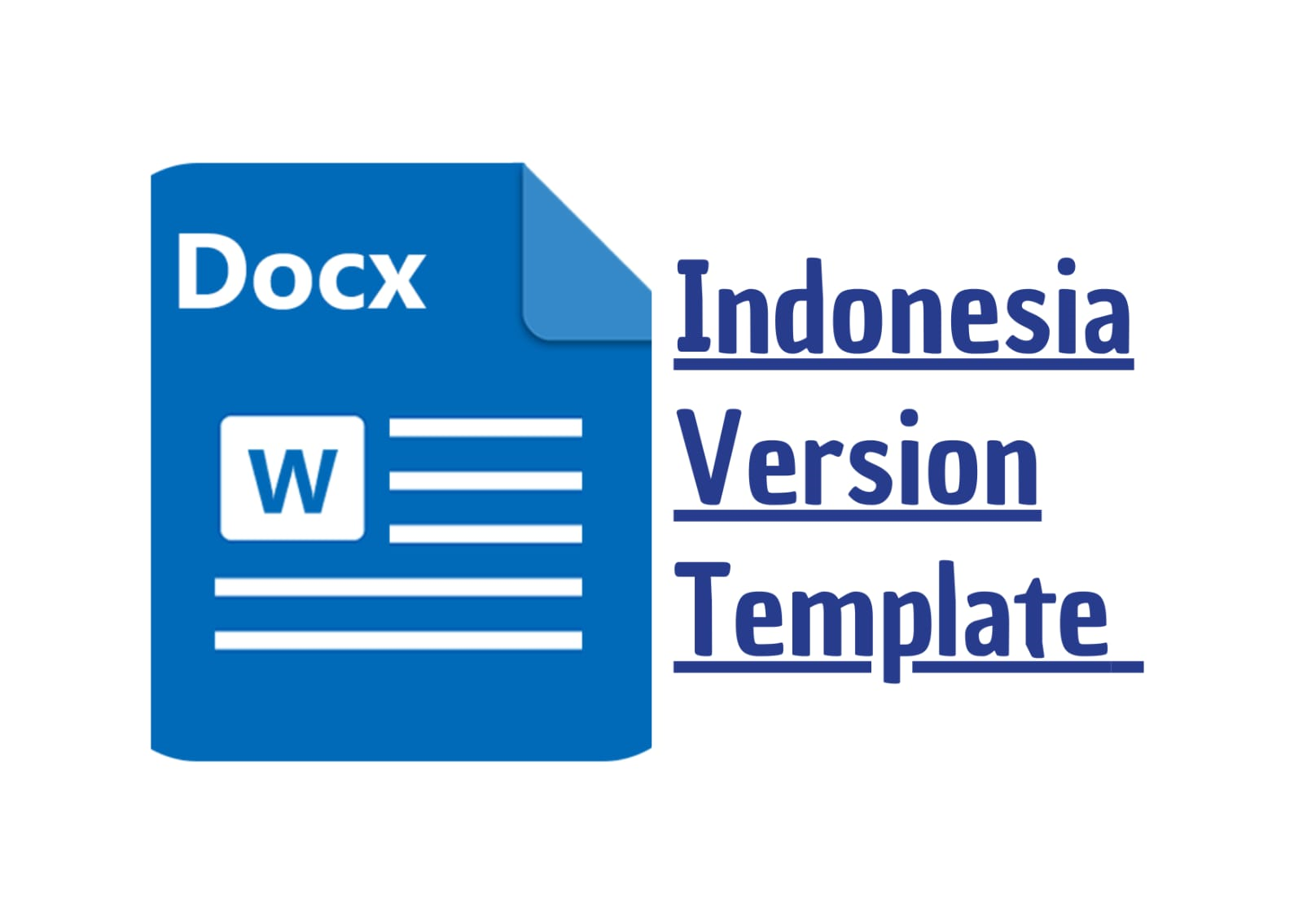Integrating Dynamic Capabilities and Social Capital: Enhancing Competitiveness in Tourism Industry
DOI:
https://doi.org/10.56799/jim.v3i7.3600Keywords:
Dynamic Capabilities, Social Capital, Tourism Industry, Management, Competitiveness, IntegrationAbstract
Integrating dynamic capabilities and social capital in tourism companies' marketing and operational management is crucial to achieving competitive advantage and providing added value to customers. From the analysis of the seven articles studied, there are similarities in recognizing the importance of adapting to market and business environment changes and managing strong relationships with suppliers, business partners and local communities. However, there are differences in the focus and approach of each article, ranging from an emphasis on managing costs and risks in the supply chain to applying technology to improve operational efficiency. The new idea proposed from this analysis is the importance of strengthening the flow of information and skills between dynamic capabilities and social capital so that companies can combine valuable market knowledge with the ability to innovate and adapt to market changes. By building solid relationships with suppliers, business partners, and local communities, companies can strengthen their brand image, increase external collaboration, and increase customer satisfaction. Tourism companies can achieve long-term sustainability through this integrated approach in an increasingly dynamic and competitive business era.
Downloads
References
Barrales‐Molina, V., Martínez‐López, F. J., & Gázquez‐Abad, J. C. (2014). Dynamic Marketing Capabilities: Toward an Integrative Framework. International Journal of Management Reviews, 16(4), 397–416. https://doi.org/10.1111/ijmr.12026
Broekhuizen, T. L. J., & Zhu, T. (2021). Market orientation and innovation behaviour: how do service employees benefit from their uniplex and multiplex intrafirm network centrality? Industry and Innovation, 28(10), 1270–1297. https://doi.org/10.1080/13662716.2021.1941800
Hariandja, E. S., Masman, S. O., Sihombing, T., & Handoko, L. (2021). The Dynamic Marketing Capability for Service Excellence and Satisfaction of the Brand: Investigation from Customer’s Perspective of Hotel Industry.
Kussudyarsana, K., Maulana, H. K., Maimun, M. H., Santoso, B., & Nugroho, M. T. (2023). The Role of Social Capital, Innovation, and Capabilities on MSMEs’ Resilience in Economic Hard Times. Jurnal Manajemen Bisnis, 14(1), 72–89. https://doi.org/10.18196/mb.v14i1.15887
Mungra, Y., & Yadav, P. K. (2023). Effect of social capital and transaction cost on multifaceted opportunism in manufacturer-supplier relationship. Journal of Business & Industrial Marketing, 38(10), 1961–1980. https://doi.org/10.1108/JBIM-09-2021-0442
Shan, T., & Tian, X. (2022). The effects of social capital on entrepreneurial resilience of SME from China: A moderated mediation model of entrepreneurial passion and Confucian traditional golden-mean thinking. Frontiers in Psychology, 13. https://doi.org/10.3389/fpsyg.2022.961824
Sijabat, E. A. S. (2023). SOCIAL CAPITAL, CORPORATE RESILIENCE AND COMPETITIVENESS DURING PANDEMIC: INDONESIA’S MARINE TRANSPORTATION SERVICES COMPANIES CASE STUDY. International Journal Management and Economic, 2(2), 17–29. https://doi.org/10.56127/ijme.v2i2.607
Downloads
Published
How to Cite
Issue
Section
License
Copyright (c) 2024 Matias Andika Yuwono, Lena Ellitan

This work is licensed under a Creative Commons Attribution-ShareAlike 4.0 International License.




















